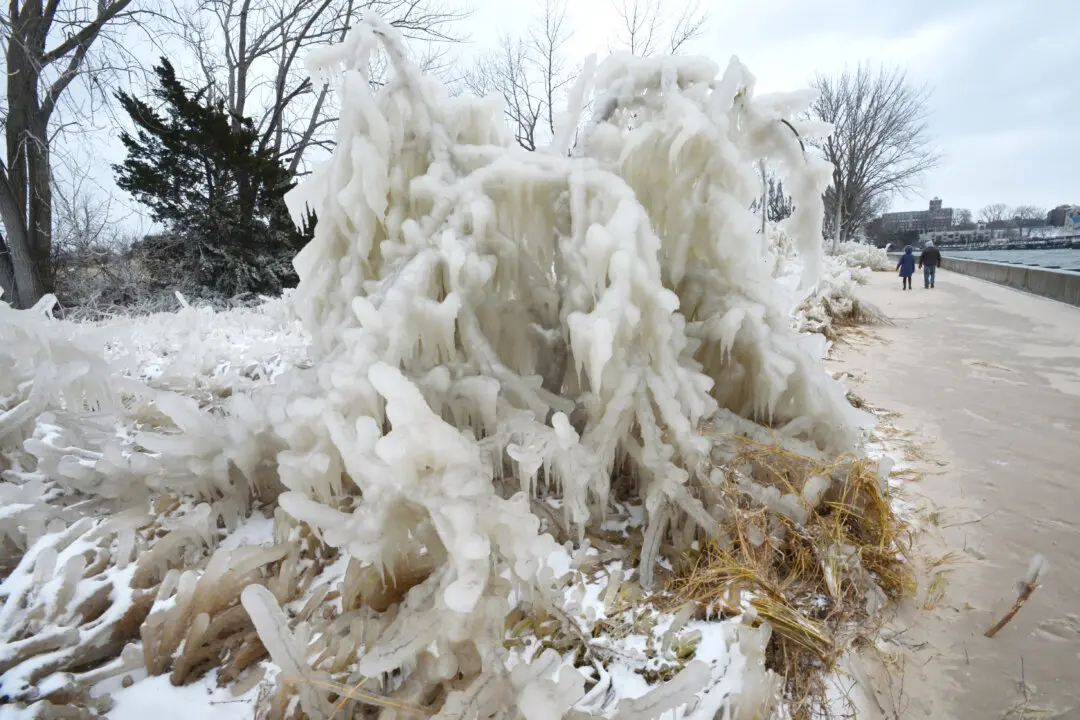KUALA LUMPUR, Malaysia—Malaysia’s assertion that more debris potentially linked to missing Malaysia Airlines Flight 370 had washed up on an Indian Ocean island prompted puzzlement from French officials, adding to criticisms that the international response to one of the most famous aviation mysteries of all time is suffering from an exasperating lack of cohesion.
Ever since the Boeing 777 vanished on a flight from Kuala Lumpur to Beijing on March 8, 2014, Malaysian officials have been accused of giving inaccurate statements and withholding information from families and other countries involved in the investigation.





